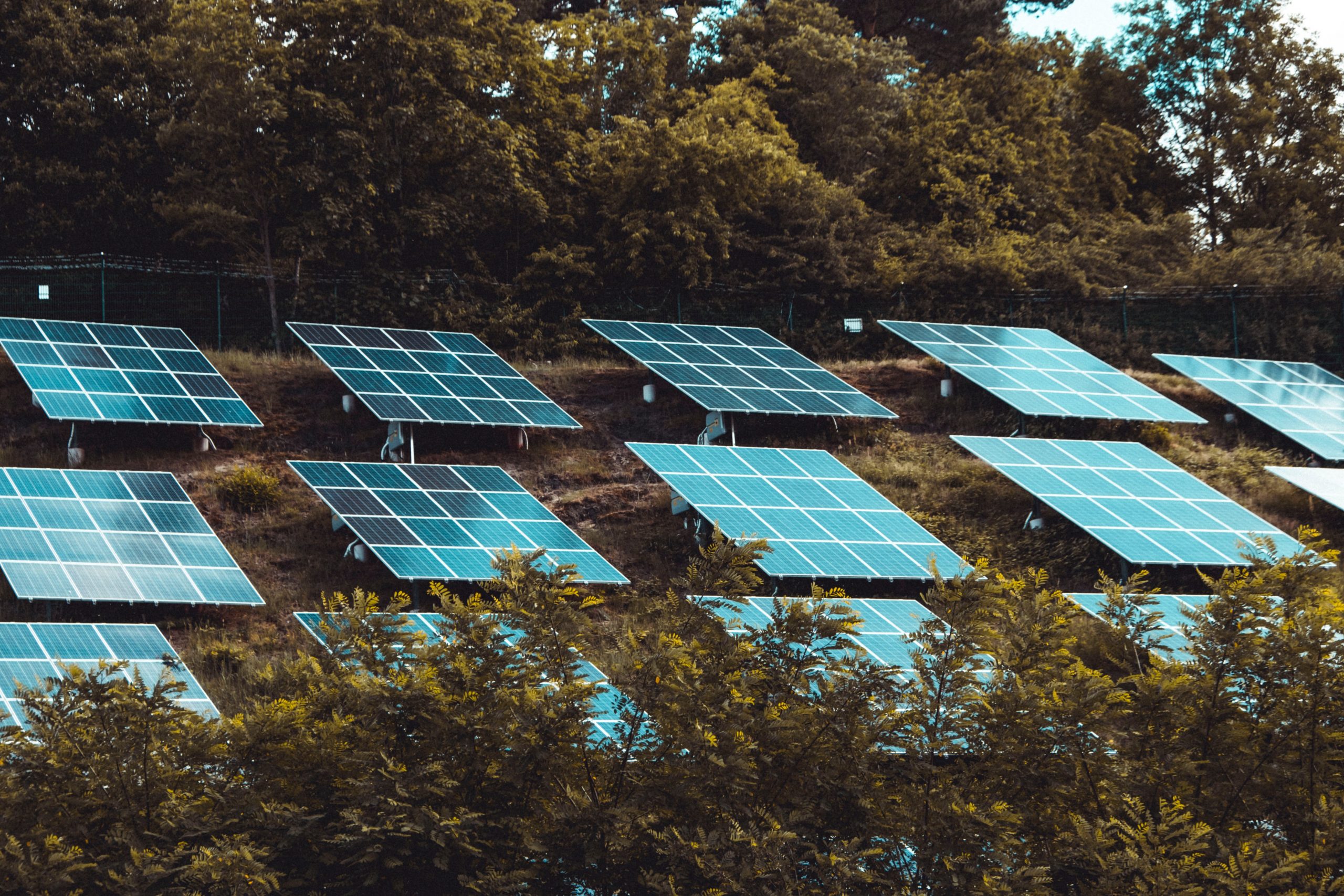
In this article, we delve into the mechanics of solar cells and how they generate electricity, along with the various benefits homes and businesses in the UK can enjoy by embracing this sustainable energy source.
Understanding Solar Cells
Solar cells, also referred to as photovoltaic (PV) cells, harness sunlight to produce electricity. These cells absorb photons, or particles of light, from the sun and convert them into usable electric power for households and commercial establishments.
When sunlight hits the semiconductor material in a solar cell, it energizes the electrons within the material. This energy flow creates an electric current that can be channeled through conductive materials—those visible lines on solar panels—and used to power homes or sent to the national grid.
This transformation of light into electricity is known as the photovoltaic effect. If you're curious about its historical background, keep reading further down!
The Science Behind Solar Panels
After capturing sunlight, the solar panel's silicon components and conductors turn the light into direct current (DC) electricity. Next, a solar inverter steps in to convert this DC electricity into alternating current (AC) electricity, making it suitable for household use.
For those interested in the nitty-gritty details, here’s a step-by-step breakdown of how solar cells and panels collaborate to create electricity:
- Sunlight strikes the solar panel and cells.
- The cells generate an electric current.
- The energy undergoes conversion.
- The converted energy powers your home.
A smart meter monitors the electricity usage and export to the National Grid if you're enrolled in net metering.
The Three Types of Solar Panels
There are three primary types of solar panels available today:
- Monocrystalline
- Polycrystalline
- Thin-film
The ideal solar panel type for your situation depends on factors such as installation location and energy requirements. Consulting with experts can help determine the best option tailored to your needs.
A Brief History of Solar Cells
The photovoltaic effect, upon which solar cells are based, was first observed in 1839 by French physicist Edmond Becquerel. During his experiments involving metal electrodes in a conducting solution, he noticed increased electricity production under illumination.
Decades later, in 1883, American inventor Charles Fritts crafted the first selenium solar cell, marking an early milestone in solar technology. Although modern cells predominantly rely on silicon, this invention paved the way for future advancements.
By the 1960s, photovoltaic cells started powering satellites, followed by rooftop installations in the '80s. Today, vast solar farms dot the globe, proving solar energy’s viability as a clean alternative to conventional power generation.
Do Solar Panels Require Direct Sunlight?
Contrary to popular belief, solar panels don’t need direct sunlight to function. They extract energy from photons present in ambient light, not just sunlight. While optimal performance occurs under bright conditions, they continue working on overcast days or even in shaded areas.
Storing Excess Energy
Nowadays, surplus energy generated by solar panels can be stored for later use, even after sunset. Enter solar batteries—recent innovations making self-sufficiency feasible.
Using a battery inverter, AC electricity gets transformed into storable energy. This stored energy can power your home during outages or nighttime hours, enabling true off-grid operation with renewable resources.
Why Choose Solar Energy?
As awareness grows about environmental sustainability and cost savings, interest in solar cells remains strong. Whether reducing carbon emissions or cutting utility costs, solar solutions offer numerous advantages.
If you're considering joining the solar revolution, feel free to reach out to our team. We’re here to address all your queries regarding solar-powered electricity!
U-Type cover plates are used for grate coolers, which are installed in cement kiln to cool the cement clinker.
U-Shaped Cover Plates,U Shaped Metal Plate,U Shaped Steel Plate,High Nickel Alloy U-Shaped Cover Plates
Jilin Huanyu New Materials Manufacturing Co., Ltd , https://www.huanyufoundry.com